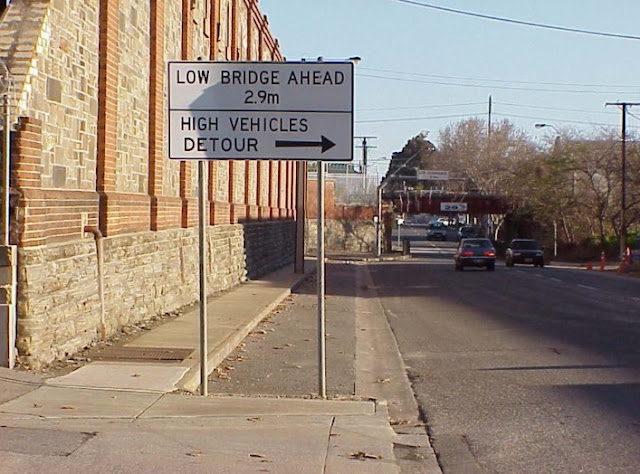Airports are starting to become more significant than ever with some of them starting to become a destination of their own. This appears to be one of the top emerging travel trends. Air travel security checks and changes in airlines charging systems require passengers to be at the airport a long time before their flight. Long distance travel and airline alliances affect also the average time passengers spend as stopover between destinations. Competition between airports and the drive for alternative revenue has made airports reinvent themselves and change dramatically what they offer to passengers.
Changi International airport is probably the leading example, having won 430 awards since 1981, including 30 'Best' awards in 2012. The variety of services and experiences offered to passengers is beyond expectation. And the even more amazing thing is that the vast majority of them are free of charge. Depending on how long your stay in the airport is you can surf the Internet either from Internet stations or with Wi-Fi, visit and enjoy a number of different gardens that include a fantastic butterfly garden, get foot massage at Foot and Calf Massage stations, play a wide selection of Xbox and Playstation games, catch a movie at a movie theater or even get a 2hour Singapore Tour. And I repeat all of the above are offered free of charge.
Art and architecture is another field that airports are concentrating. Changi airport makes the list for the world's most beautiful airports. You can find amazing art pieces throughout the terminals with the Kinetic Rain installation catching the eye.
On top of these offerings the airport takes quality control and benchmarking very seriously, with numerous touch screens located in every spot of provided services for passengers to give their quality ratings.
 |
| Source |
Choosing a flight in the near future, will become more and more affected by issues like stopover time but it seems that in certain occasions people will choose to ignore that in order to visit and experience airports as destinations. World airport competition is fierce and Australian airports although not centrally staged as Changi, need to keep up realising that the old philosophy of airport design is now obsolete.


















































